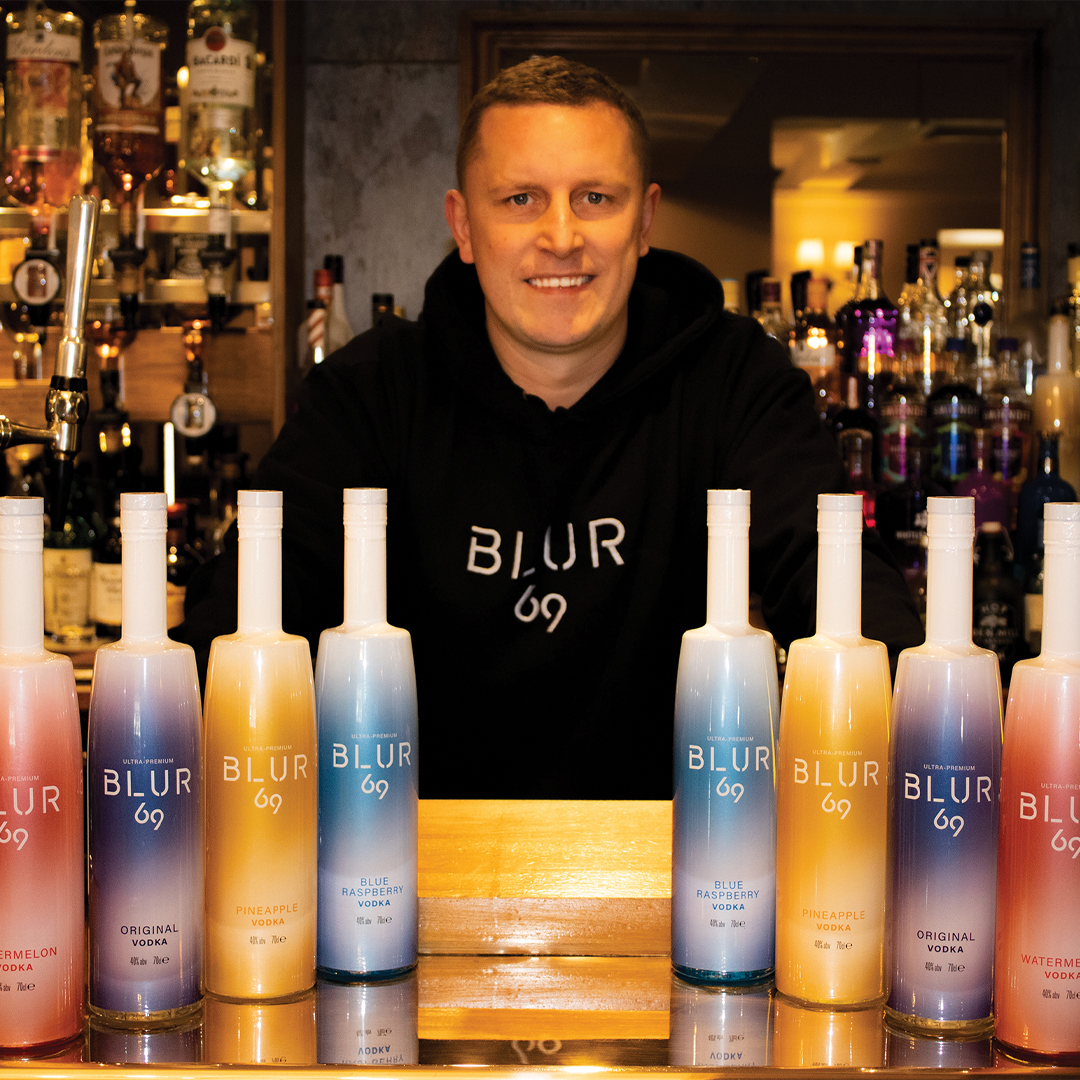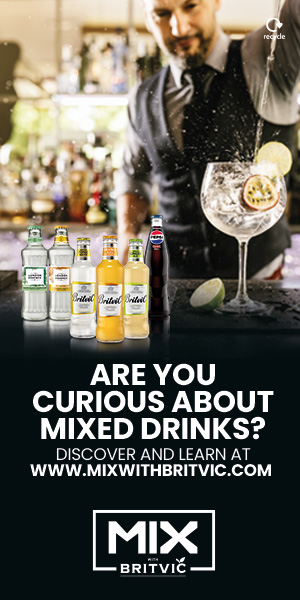
Diverse sector appeals to a wide range of consumers, say drinks firms
THE cider category has taken the trade by storm over the past few years.
Where once there were a handful of mainstream brands and smaller, heritage products, the category has expanded to include a massive range of flavours and styles for operators –and their customers – to choose from.
Cider, say drinks firms, is now a category that offers something for everyone.
David Scott, director of brands and insight at Carlsberg UK, the company behind the Somersby brand, said the category continues to represent a “massive opportunity for the on-trade”, capable of appealing to younger and female consumers as well as the traditionally older, and predominantly male, cider market.
[pullquote_right]Fruit ciders have been crucial for attracting young adults to the category. [/pullquote_right]Figures supplied by the company claim 26% of cider drinkers are between 18 and 24 years of age, with females accounting for 38% of the cider market. This is a significantly higher proportion than in the beer category, according to Carlsberg, which has attributed 19% of the beer market to women.
“One of the main drivers of the cider market’s success in recent years has been its accessibility to appeal to new user groups, such as women and 18 to 24 year olds,” said Anthony Mills, head of European marketing for Savanna Cider.
He added that operators looking to make the most of the category “should consider brands which appeal to varied audiences, as this provides the best chance of meeting customers’ different tastes and requirements”.
 The growth of fruit-flavoured ciders has been one of the drinks industry’s biggest success stories of recent years.
The growth of fruit-flavoured ciders has been one of the drinks industry’s biggest success stories of recent years.
Ben Turner of Kopparberg said fruit ciders have been key to attracting young adults to the category.
“Cider has been well-placed to take advantage of the consumer trend towards lighter, sweeter taste profiles, with 83% of consumers viewing cider as a unisex drink and 70% considering it more refreshing than beer on sunny days,” he said.
“Fruit cider as a sub-category is still driving the growth within the cider market. [A quarter] of adults now drink four or more types of cider and this actually rises to 40% for the more adventurous 18 to 34 year old age group.”
Turner advised operators to stock a range of flavours, with each appealing to a different customer demographic.
While fruit-flavoured ciders tend to appeal to younger drinkers, said Turner, traditional apple-flavoured cider can appeal to older consumers.
This was reinforced by Amanda Grabham of SHS Drinks, parent company of Merrydown, who stressed the importance of striking a balance between products that appeal to different age groups.
“What’s happened in the last ten years is a lot of new brands have come into the market, and a lot of those brands appeal to the 18-30 market,” she said. “But actually, 60% of cider is still consumed by the over 35s, and as a brand that’s where we’re focusing our effort.
“Clearly there is an opportunity for 18-30s, but I think there needs to be a balance.”
And it has been suggested that craft products, in particular, could be set for a boom in popularity.
Greg MacNeice, of MacIvors Cider Co, said the rising popularity of craft beer is “only now beginning to make its way into the cider category”.
“The public have a hunger for quality and taste, so whether it is in draught or bottled format, a craft cider offer is now an integral part of a comprehensive range,” said MacNeice.
Getting the product range just right can be a challenge, then. But Geoff Bradman, head of UK sales at Westons Cider, said publicans can take a lead from their other drinks ranges when planning their cider selection.
“As well as ensuring that their cider range is balanced it should also be complementary to other ranges which are stocked,” said Bradman.
“For example, outlets which have a good Continental lager range and sell a range of cask ales should consider a more premium draught cider.
“To complement this draught range a balanced packaged range should be offered in the fridge to include fruit and ‘over ice’ apple brands.”
Matching a cider range to an outlet’s customer demographic is crucial, according to Martin Thatcher, managing director of Thatchers Cider.
[pullquote_right]The popularity of craft beer is only now making its way into the cider category. [/pullquote_right]“It’s important for landlords to make sure they have the right brands in their outlet to match their customer base – by getting their range right, complementing their outlet, performance will follow,” said Thatcher.
“It’s the outlets where there is a choice of different styles of ciders where publicans understand the profits that a genuine choice can bring, who are winning.”
John Gilligan, managing director of Tennent Caledonian, whose cider brands include Magners, Blackthorn, Addlestones and Hornsby’s, advised publicans to stock a “core selection of the most popular quality apple and pear brands, to ensure that there is familiarity at the bar for drinkers”, while regularly rotating the fruit ciders in the fridge “to keep up with consumer tastes”.
The range itself is not the only challenge, however.
Andrew Turner of Heineken – the company behind the Strongbow, Bulmers and Symonds brands – said ensuring a top quality serve is vital to providing customers with the best experience.
“Product quality is paramount, so it is imperative for staff to be trained in serving techniques to ensure both draught and packaged ciders are served as they are intended to be enjoyed,” he said.



















